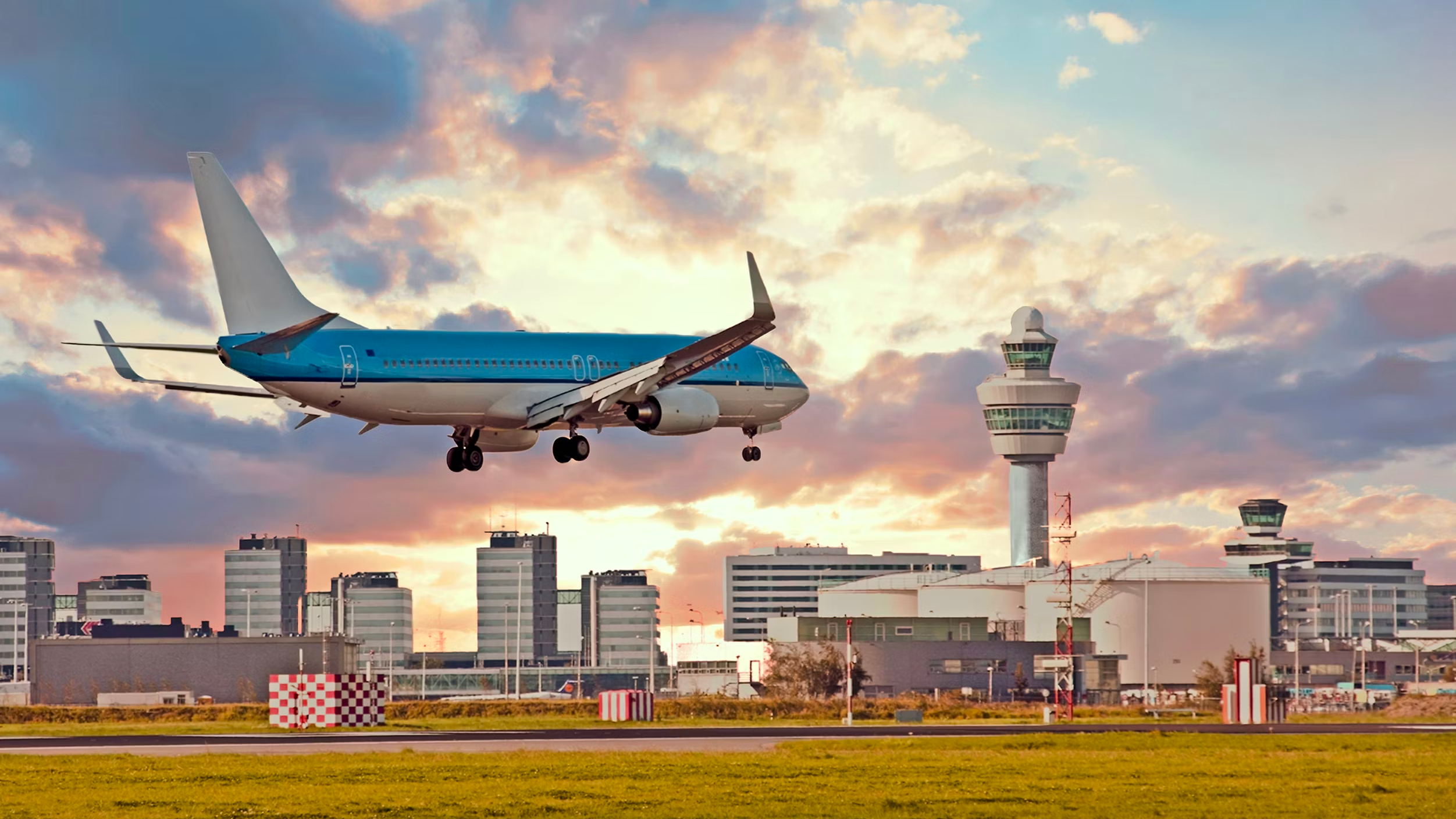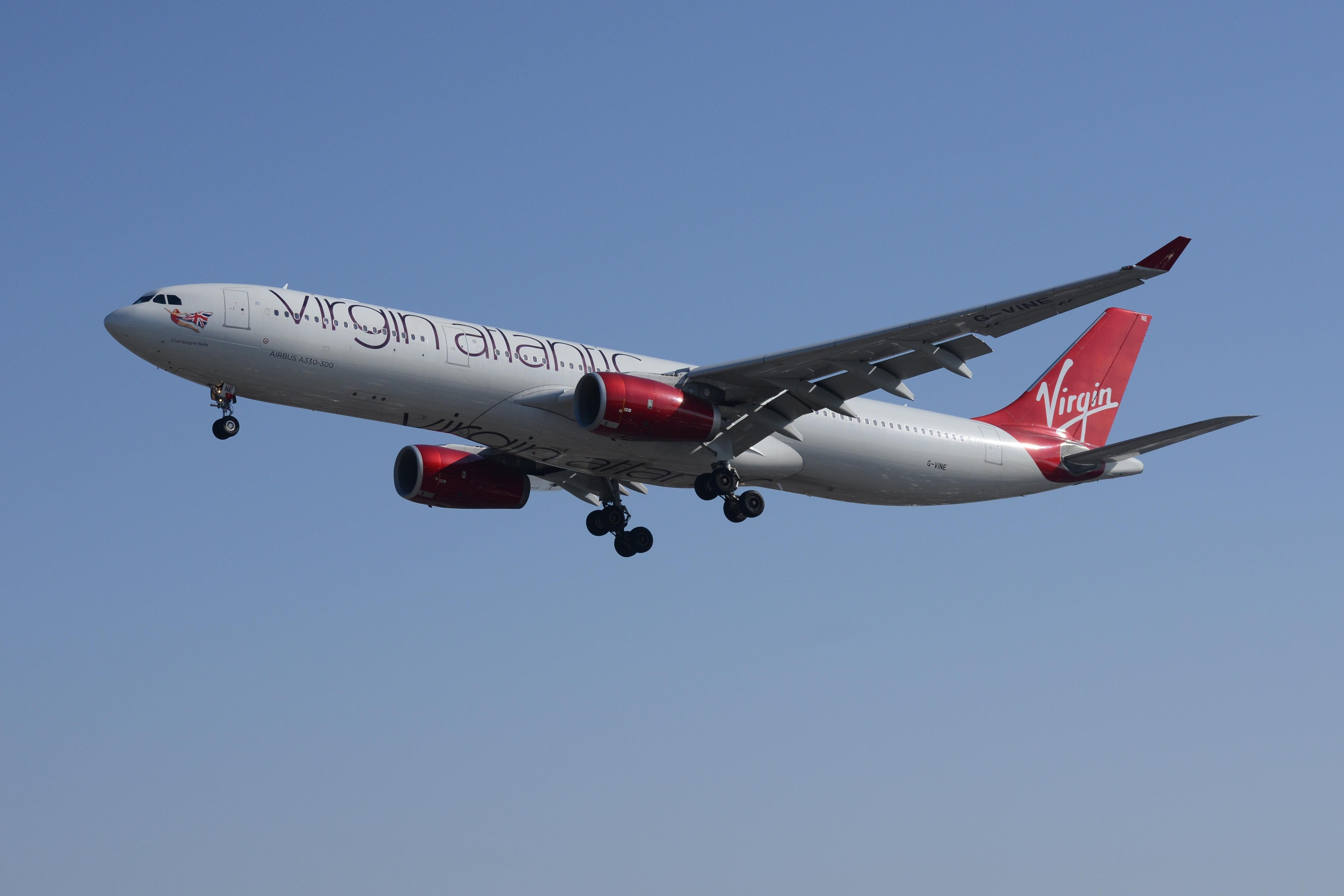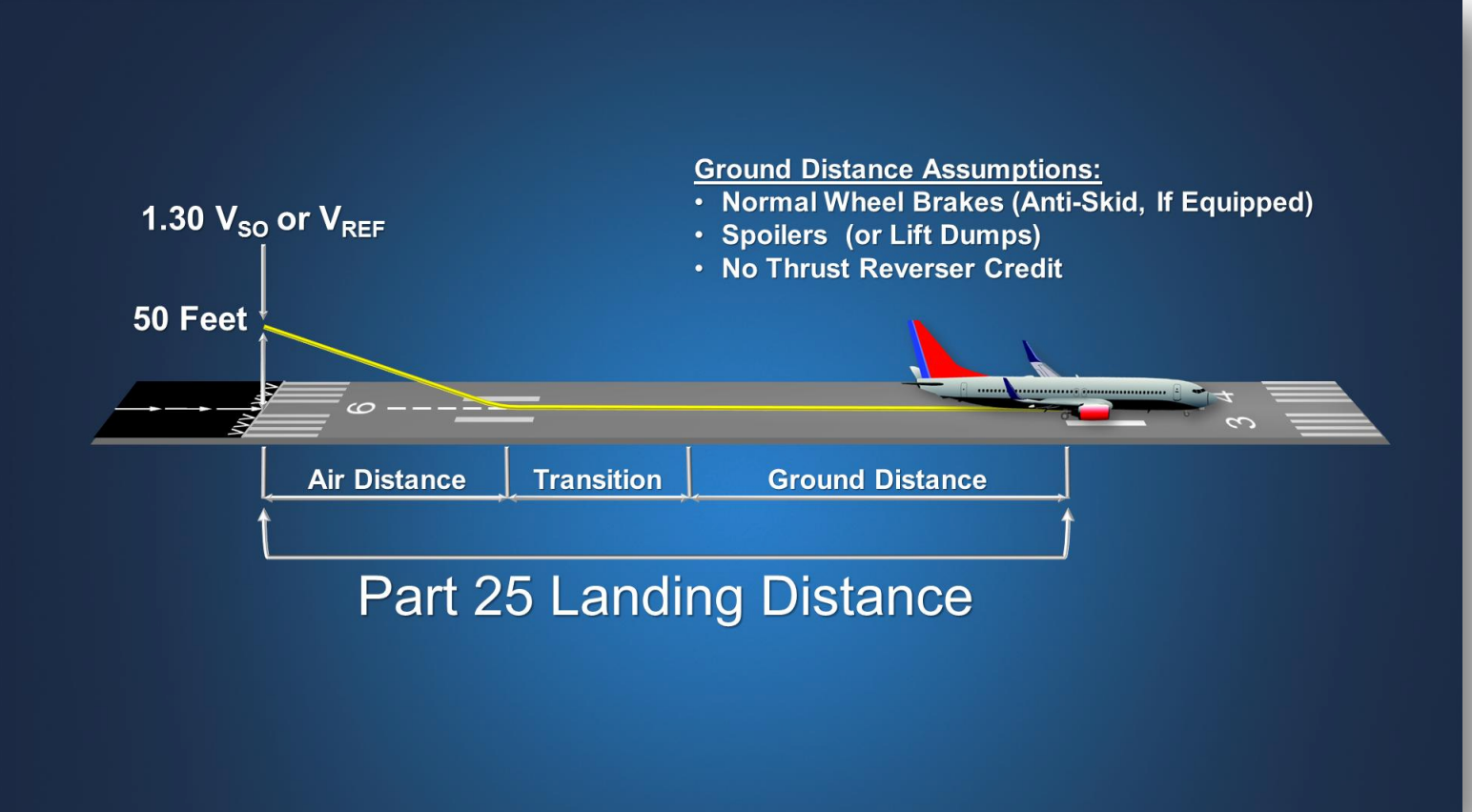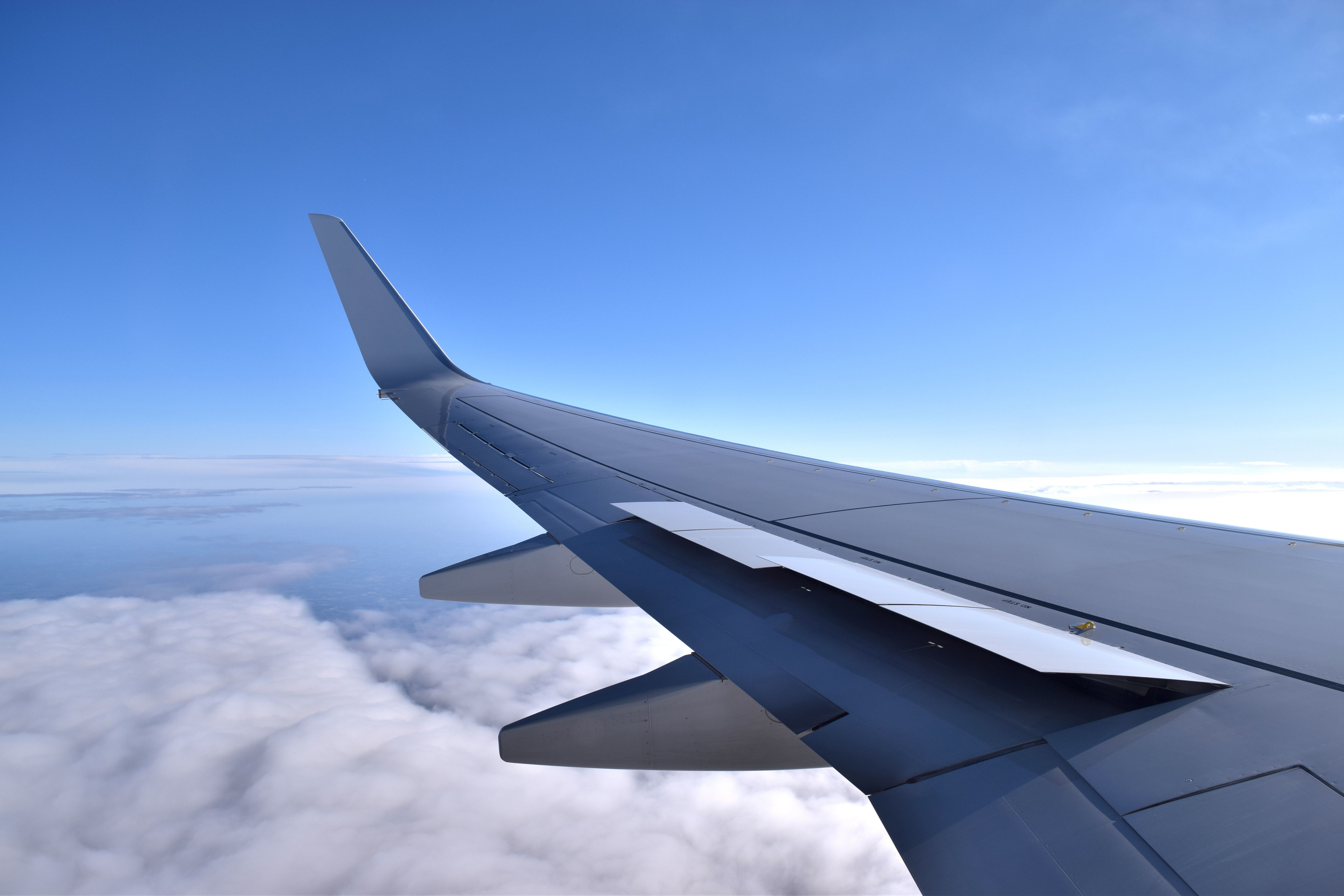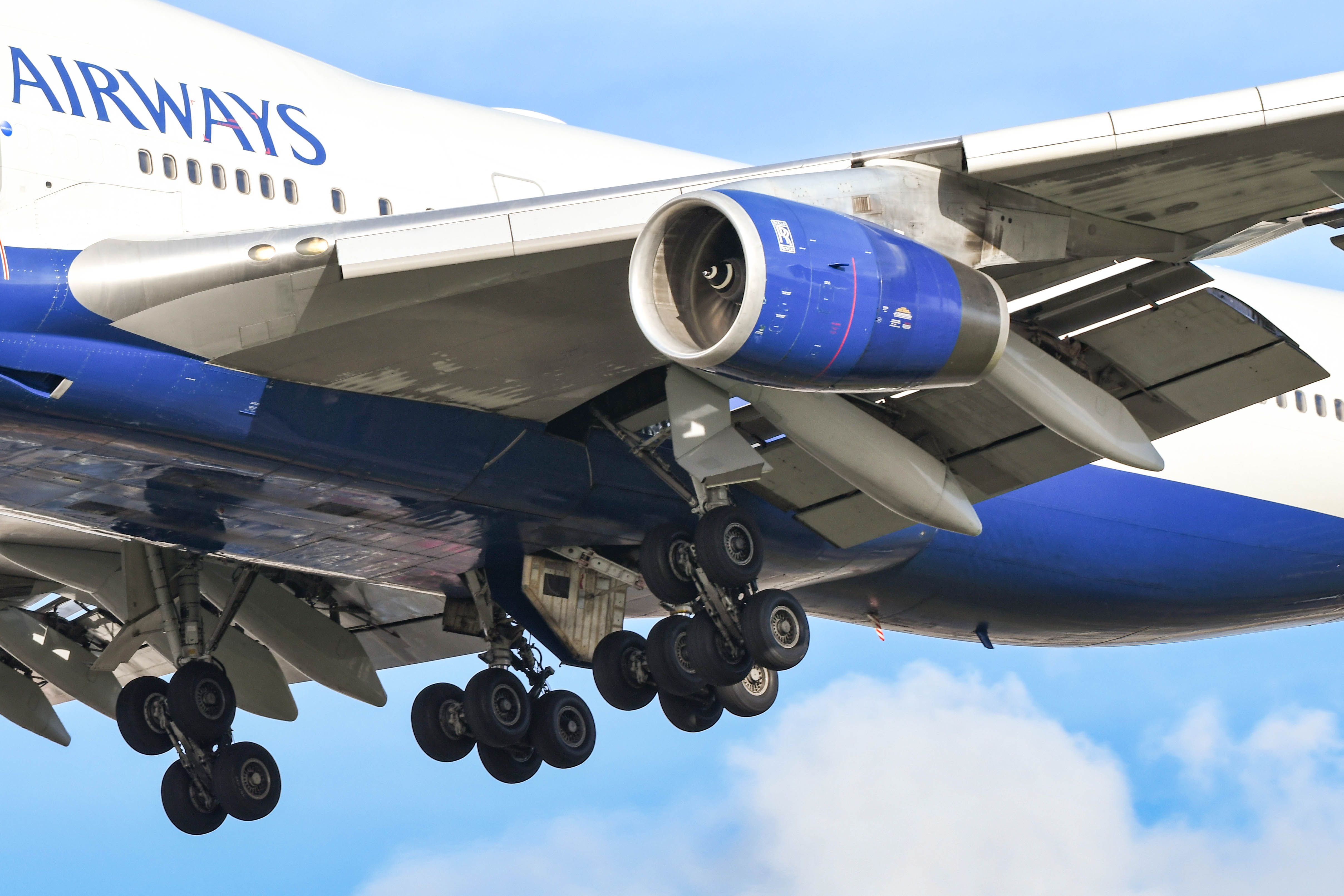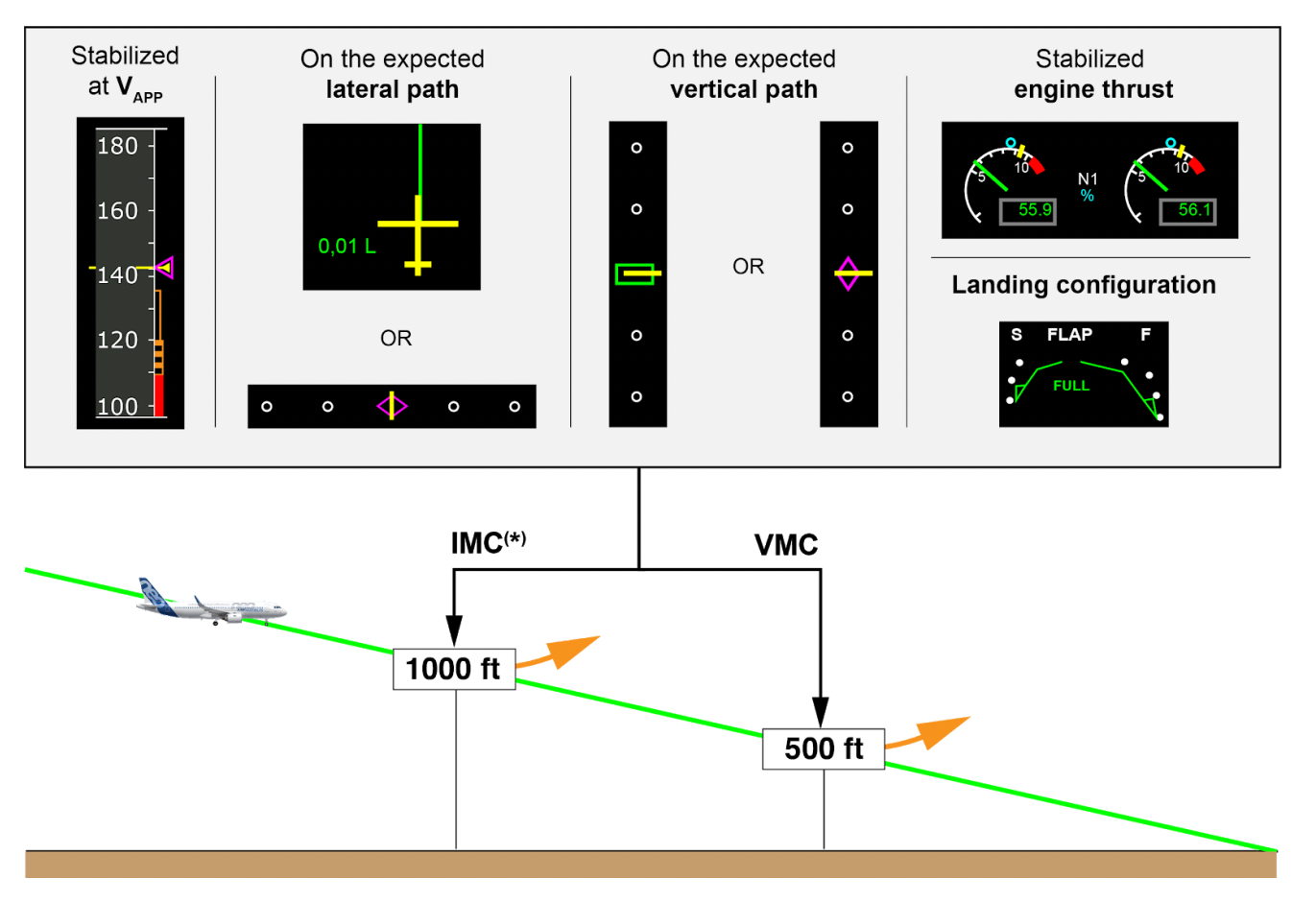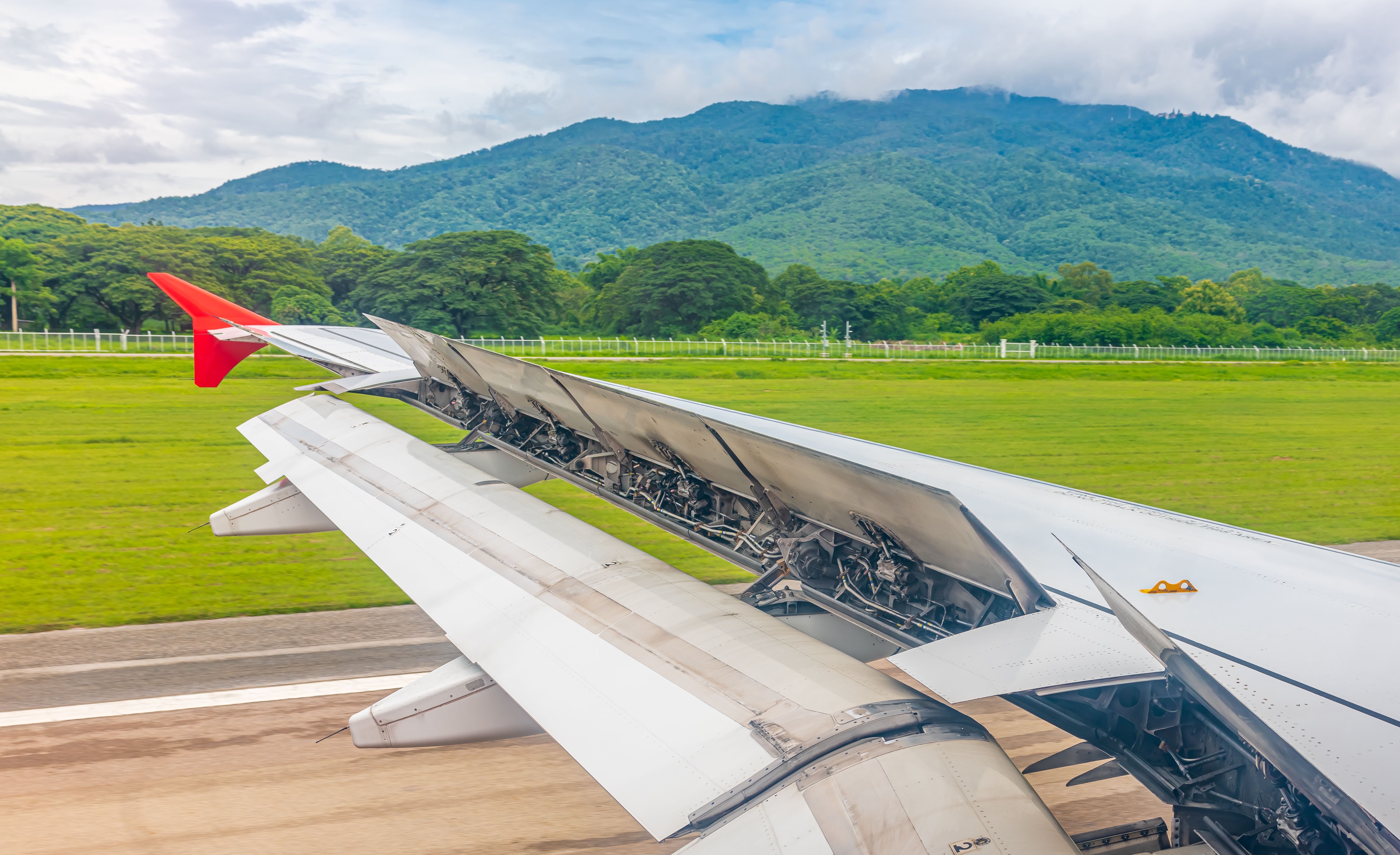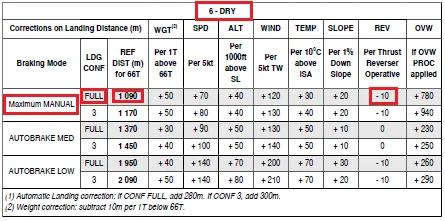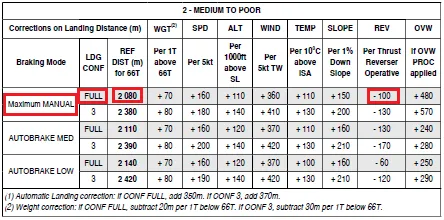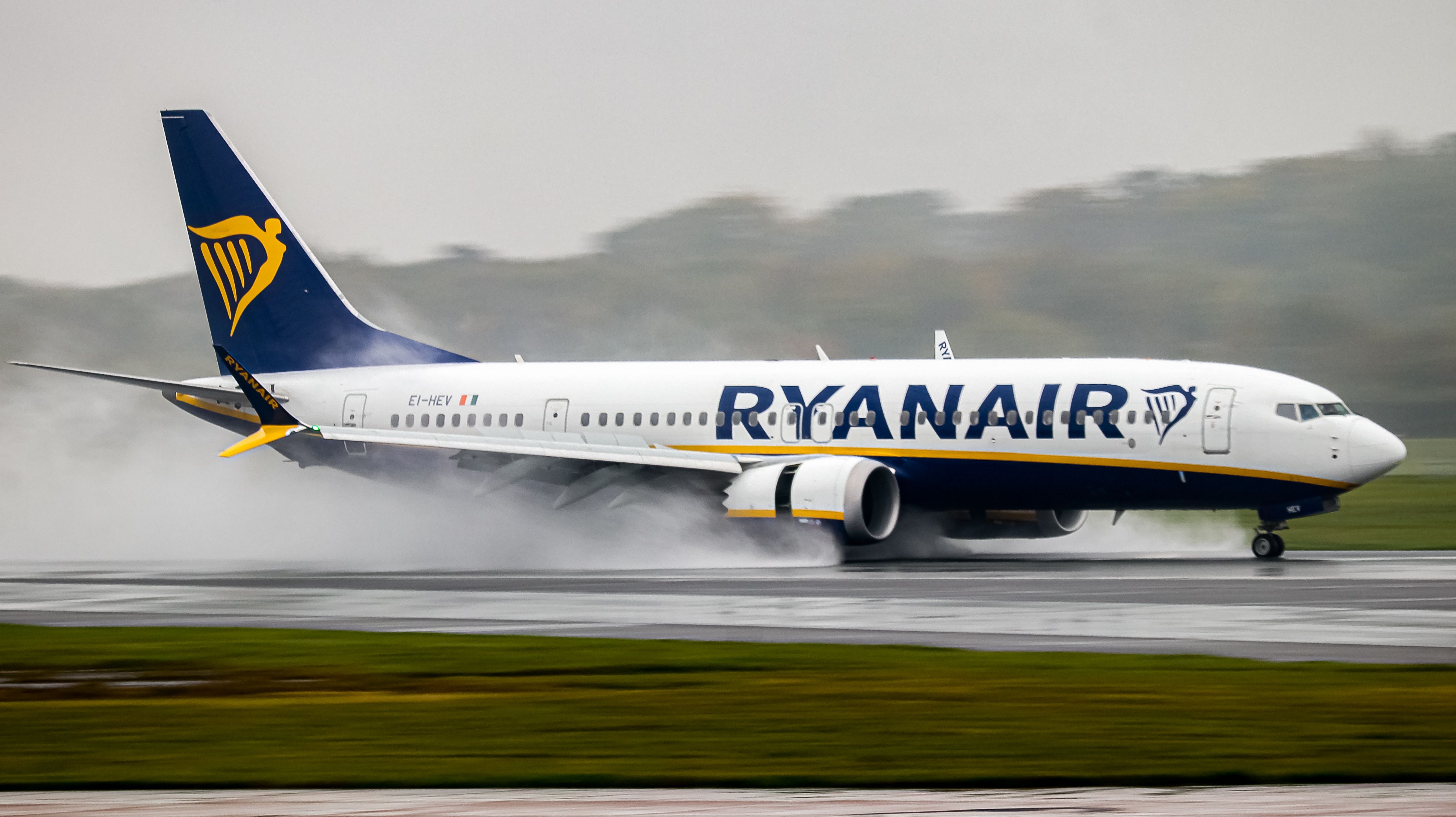Summary
- Landing speed involves calculating Vref based on stall speed - factors like wind must be considered.
- Landing distance estimates must be calculated based on aircraft weight, runway conditions, and wind.
- Stabilizing the approach is crucial for a safe landing - specific parameters must be met for approach stability.
Landing is one of the most critical phases of flight. Making an approach closer to the ground, adjusting aircraft speed, angle of attack, and the amount of lift and drag the aircraft must generate requires high precision. Historical data shows that most aircraft accidents happen during the approach and landing phases of flight. With very little or no margin of error, pilots must ensure that all flight parameters are within limits to ensure a safe landing.
Have you ever wondered what makes a perfect landing? For a passenger, it may only come down to a smooth touchdown on the runway. For pilots, it is the perfect synchronization of flight parameters and the aircraft location. We dive deeper into what procedures pilots follow to ensure a perfect landing, with some information based on the Entire Flight Blog.
Calculating landing speed
The landing speed for a transport category aircraft is called Vref (landing reference speed). This speed is calculated by multiplying the stall reference speed of the aircraft in landing configuration (Vsr0) by a factor of 1.3 (1.3 x Vsr0). For aircraft with a fly-by-wire protection system, this factor is reduced to 1.23. This is because the envelope protection systems of the aircraft can prevent it from going into a stall if the speed were to reduce on the approach for any reason.
There is also a speed called approach speed (Vapp). This is calculated by including corrections to the Vref, which might be required due to wind conditions or icing. In windy conditions, for example, a few extra knots of speed helps the aircraft maintain its energy state. As the aircraft moves through the air, it has its inertia. If a sudden headwind attacks the aircraft, the ground speed should naturally reduce. However, due to the inertia, the aircraft initially refuses to do so, and the airspeed spikes up. The opposite is true if the headwind dies down or a tailwind flares up. The speed reduces, and the aircraft goes close to its stall speed.
Because of this, pilots prefer landing in a headwind. Airports with multiple, differently oriented runways can help with this by landing aircraft in the wind, but it's not always possible.
Why aircraft take off and land into the wind
When approaching an airport, pilots should add at least one-third of the headwind component to the Vref speed. This means that, even if the headwind dies down, the aircraft will maintain its speed. Adding this to Vref generates the approach speed (Vapp).
Calculating landing distance
- Air distance
- Transition
- Ground distance
The landing distance is defined as the distance from a height of 50 ft to the point on the runway where the aircraft comes to a full stop. In a normal 3-degree glide approach, the aircraft should reach this altitude at the runway threshold, and the aircraft wheels should touch within the first 1,000 to 1,500 ft of runway. This is the reason why airliners do not land on the runway edge. They pass about 1000 ft of runway before the wheels touch the ground.
Pilots are required to calculate the landing distance before commencing their approach. The landing distance is affected by things like aircraft weight, runway conditions, winds, air density, flap setting, etc, so the distance is never the same. The landing distance of the aircraft is known as Actual Landing Distance (ALD), which can be found in the performance section of the flight manual.
The regulations require pilots to add a factor of 15% to this ALD for safety reasons. As an example, if the ALD for an aircraft is 1,900 m, the factored landing distance (F-LD) becomes 2,185 m. When the runway is wet, braking is significantly affected, so a wet landing distance factor of 15% also must be added to the F-LD. If we use the previous example, this makes the landing distance 2,513 m.
Slowing down the airplane
Getting a 60-ton-plus airplane to slow down is not as easy as you might think. Smaller aircraft can be easier to control, but pilots flying the bigger birds need to begin planning their approach many miles before the runway. As an aircraft descends, its speed naturally increases, and this becomes compounded if the pilots attempt to descend too rapidly.
Today’s airliners are also built with efficient, high lift-to-drag ratio wings - meaning they are engineered to stay in the air. This can make them somewhat unwilling to come down, and is one of the reasons why passengers may notice the wing-mounted spoilers being used during the descent. Spoilers destroy lift over the wings, which increases the descent rate while keeping the speed low.
Once ready to begin the final approach, the flaps are lowered. Flaps increase the lift on the wings, allowing the aircraft to be safely flown at lower speeds. The flaps also increase the aircraft's drag, which helps slow it down for the landing. Due to wing design in jet aircraft, slats are also required to generate the necessary lift at low speeds. Slats are on the wing's leading edge, while the flaps are on the wing's trailing edge.
Most airplanes have two flap settings approved for landing, and in most cases, full flaps are used. Using a lower flap setting is the prerogative of the pilots, but can help reduce fuel burn thanks to the lower drag created, and can reduce the aircraft's noise footprint. Lower flap settings are also beneficial when landing in wind shear conditions because this allows the aircraft to be flown at a higher speed - it gives a better go-around performance if the approach needs to be canceled.
Stabilizing the approach
A good landing starts with a good approach, so keeping the aircraft stable during the approach phase is critical. The approach stabilization criteria vary from aircraft to aircraft and airline to airline, but according to industry best practices, in Visual Meteorological Conditions (VMC), the aircraft must be stable at 500 ft above ground level. In Instrument Meteorological Conditions (IMC), the aircraft must be stable by at least 1,000 ft.
But what does approach stabilization mean? Generally, it means that the aircraft must be at the correct approach speed, correct landing configuration (flaps and landing gear down), and correct approach path with the landing checklist completed when it enters the stabilization gate, at either 500 ft or 1,000 ft. For most transport category aircraft, the following parameters should not go above the defined values to meet the stabilization criteria:
- Aircraft approach speed: 10 knots above the target speed or -5 knots below the target. In any case, it should not go below the reference approach speed, which is 1.23 times the stall speed in landing configuration.
- Descent rate: exceeding 1,000 ft/min
- Excessive bank angle: greater than 7 degrees
- Pitch attitude: abnormally high or low
-
Approach characteristics: Varies depending on the type of approach, e.g.
- In an ILS approach: localizer and glide slope deviation greater than 1/2 dot.
- In a VOR approach: lateral deviation greater than 1/2 dot.
- In an RNAV/ RNP approach: the cross-track exceeds 0.1 NM.
Stopping the aircraft
Airliners are equipped with several stopping devices. This includes brakes, reversers, and spoilers. Out of these, brakes are the most effective method to stop the aircraft.
Once the aircraft touches down, the spoilers are extended. This immediately dumps the lift from the wings, putting the load on the wheels, which increases braking efficiency. The spoilers also generate drag, which further helps to slow down the aircraft.
The engine reversers also help to stop the aircraft by redirecting the engine thrust forward. Reversers are most effective at high speeds - their effectiveness reduces as the airplane slows. As such, they should be deployed by the pilots right after wheel contact with the runway. On a dry, long runway, the braking done by the reversers is minimal, with the bulk of the braking done by the wheel brakes.
In the tabular example above, the runway condition is dry, and with flaps at full and manual braking, the aircraft can stop at 1,090 m. When accounted for, the thrust reverser only reduces the distance by 10 m per reverser. So, when reverse is applied on both engines, the distance is only reduced by 20 m.
However, reversers become far more essential in wet conditions, because the effectiveness of wheel braking is reduced.
In the example above, the runway is contaminated, and the braking is Medium to Poor. In these conditions, the landing distance is 2,080 m, and each reverser, when deployed, reduces the landing distance by 100 m. The effectiveness of the reverser in wet conditions increases by a factor of 10 compared to a dry runway.
On a dry, long runway, reverse thrust is not overly beneficial. Reverse thrust increases the noise and the chance of debris entering into the engine intake. However, in commercial aircraft, the reversers can be deployed at a lower level called idle reverse. This partially engages the reversers but greatly reduces the noise.
Importantly, reverse thrust is not considered in regulatory landing performance calculations, so aircraft must be able to stop safely without using reverse thrust.
Have you been a passenger or even a pilot enjoying a perfect approach and landing? Let us know about it in the comments!

